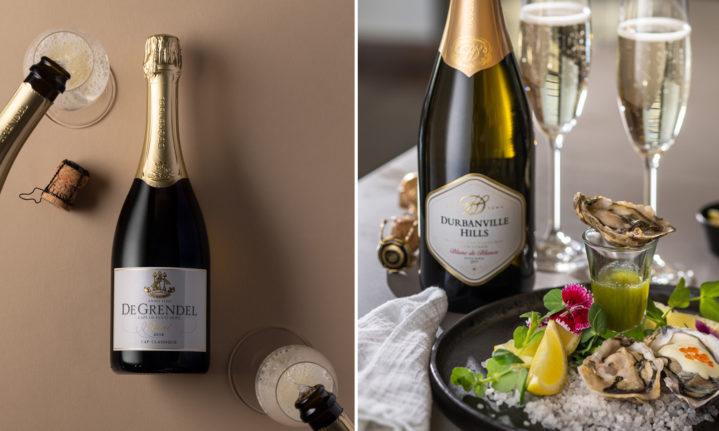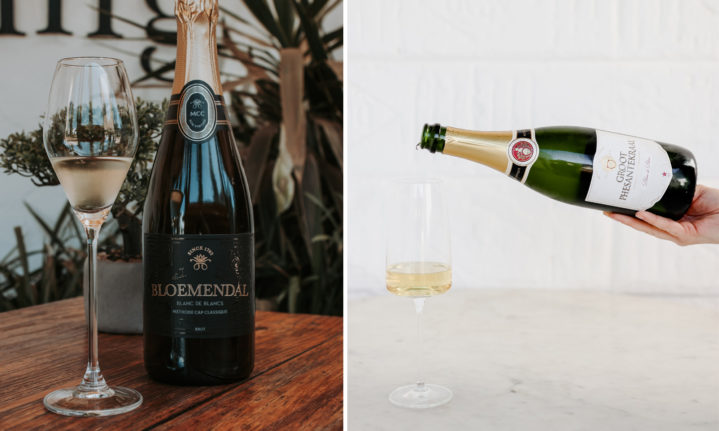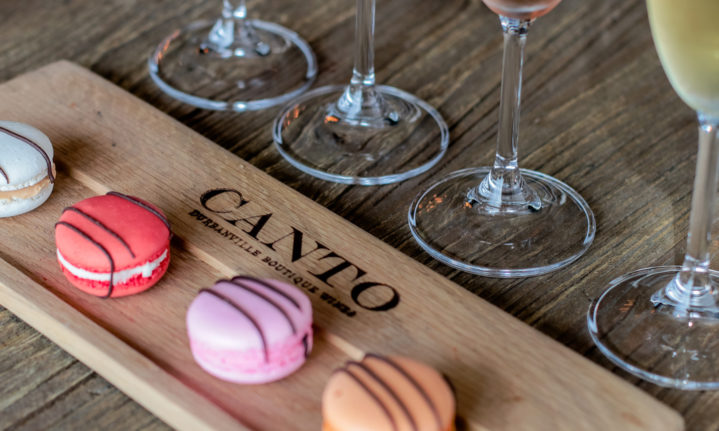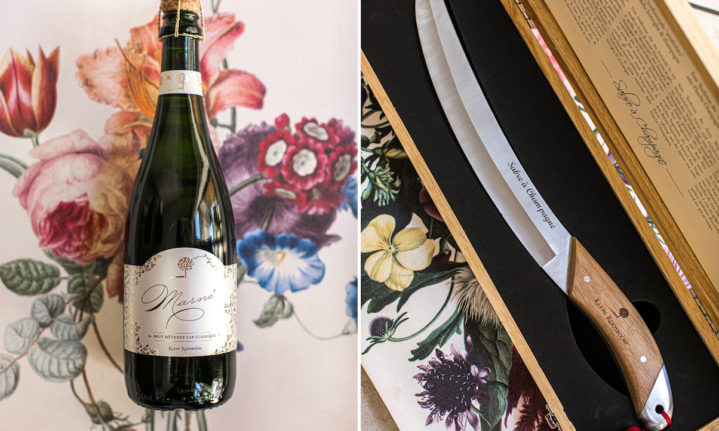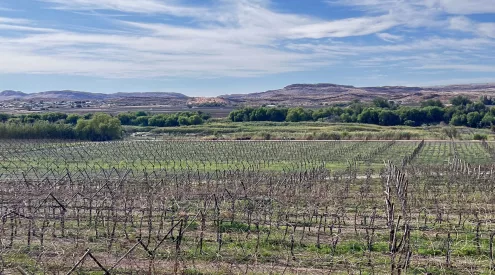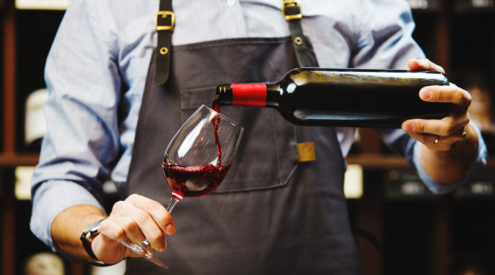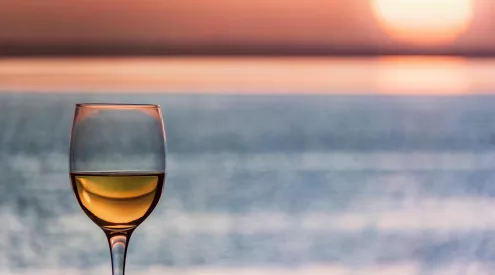Can you think of a better drink to celebrate the arrival of spring than a refreshing Cap Classique? It would be appropriate because 1 September is officially regarded as Cap Classique Day in South Africa.

It does not matter what time of day you choose to pop the champagne cork, because MCC is regarded as wine for any occasion, and at any time of the day – and this is coming from someone with authority.
Heidi Duminy is the Principal of the Cape Wine Academy and a Cape Wine Master – one of the most sought-after qualifications in the wine industry – and she states that ‘Cap Classique is enjoyed at breakfast, lunch and dinner and even in cocktails, no matter the occasion, arguably making it the most versatile of wines.’
If you are unsure what MCC refers to, it’s an abbreviation for Méthode Cap Classique or made in the Cape classical method. With the French being, well, French, only sparkling wine made in the traditional method can be called Champagne (not to worry, South Africa got them back with Rooibos, awarded Protected Designation of Origin status in 2021).
In Spain it is called Cava, in Italy it is known as Prosecco and in Germany it is simply called Sekt (although in the production of Prosecco and Sekt the process is not nearly as risky or complex as with champagne or Cap Classique).

Klein Roosboom offers visitors the opportunity to try sabrage a bottle of MCC.
Cap Classique was first introduced in South Africa in 1971 when local winemakers began experimenting with the methods used to make Champagne. Rather than simply injecting gas into wine, Cap Classique requires careful winemaking and second fermentation in the bottle to create refined bubbles and complex flavours.
Durbanville Wine Valley is champing at the bit to celebrate the arrival of Spring on September 1 and of course, Cap Classique Day. For the occasion, it has cast the spotlight on some of the wines produced in Durbanville – one of the coolest wine regions in South Africa, in more ways than one.
‘Durbanville Cap Classique wines consistently ‘sparkle’ in championships and for good reason,’ says Durbanville Wine Valley manager Natasha de Villiers. ‘The combination of a cool climate, outstanding soils, ample sunlight, and ocean breezes are hallmarks of all top-quality vineyards. Combine that with the multi-generational know-how of Durbanville wineries and it’s not hard to see why local Cap Classiques are all-around favourites.
‘Underscoring this reputation is that the style is produced by almost every winery in the region, including Bloemendal, which released its first Cap Classique this year and Diemersdal, which will be releasing its first Cap Classique soon.’
MCC’s to taste in Durbanville
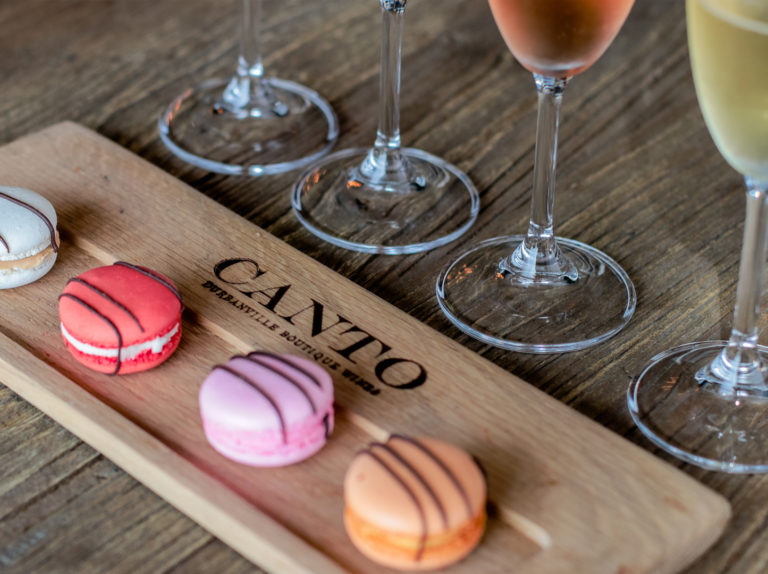
Canto offers a macron and MCC tasting
- Groot Phesantekraal’s Blanc De Blanc 2019 is included in a tasting of five wines.
- Signal Gun’s De Wit Family Reserve Tasting shows five wines, including the beloved Brut.
- Canto offers a macaron and Cap Classique tasting.
- Maastricht offers a choice of three or five wines with its Brut Rosé for tasting.
- At Durbanville Hills, the Blanc de Blancs may be sampled as part of the Crystal Tasting. Included are five wines and a souvenir crystal glass.
- De Grendel’s flagship tasting includes the Brut and with its exclusive tasting, the Brut Rosé.
- Nitida’s Artisanal Tasting includes four wines including its Cap Classique.
- Related to Cap Classique, Klein Roosbom offers visitors the opportunity to try sabrage, the tradition of using a sword to lop off the head of a bottle of bubbles.
Incredible MCC Facts
De Grendel have a few MCC facts to really burst your bubble.
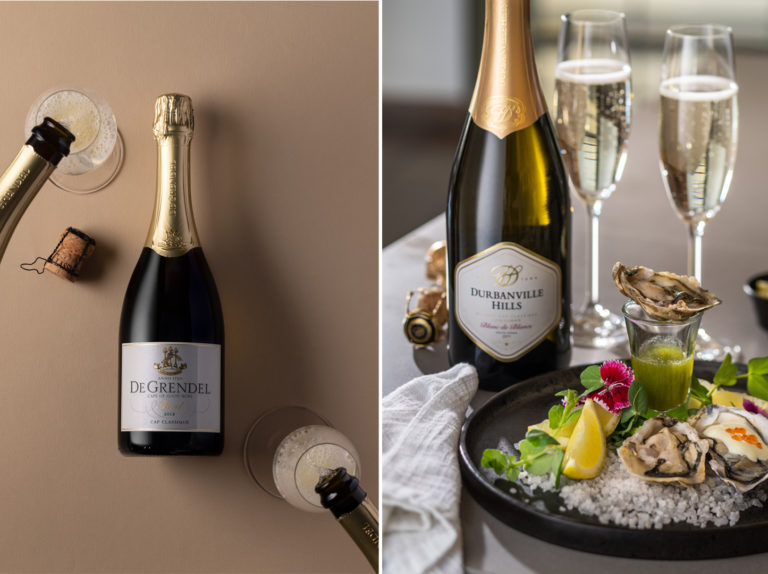
- There are about 49 million bubbles in a 750ml bottle of Cap Classique, and a standard-sized glass emits 30 bubbles every second.
- In the 19th century, Champagne makers wore metal masks to protect their faces when handling bottles.
- James Bond has been spotted drinking Champagne more than 35 times in his films. It is the drink he reaches for more than any other, even his shaken-not-stirred Martinis.
- Marilyn Monroe famously took a bath in Champagne. More than 350 bottles were needed to fill up the tub.
- The pressure in a Cap Classique bottle is approximately 3 times that of an ordinary car tyre’s pressure. When popped, a Champagne cork can reach a velocity of 40km per hour. Thus, it is always advisable when opening a bottle to point it away from you to prevent injury to the face.
ALSO READ: A bicycle wine tour in Tulbagh? It’s wheelie good









